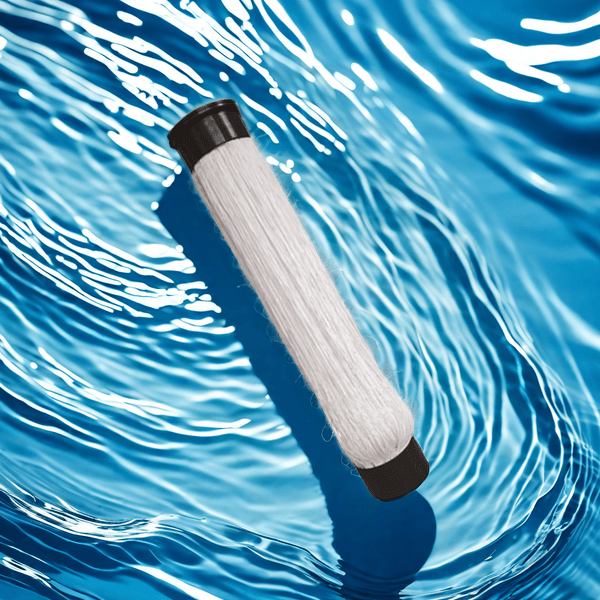Abnormal water production during MBR system operation and its solutions
Membrane bioreactor (MBR) technology is widely used in the field of wastewater treatment, but problems such as abnormal water production are often encountered in practical operation. This article will comprehensively introduce the causes and solutions of abnormal water production in the operation of MBR system, providing practical guidance for relevant practitioners.
Introduction to MBR system
The MBR system combines biological treatment and membrane separation technology, which has advantages such as good effluent quality and small footprint. Its core component is a hollow fiber ultrafiltration membrane, which achieves solid-liquid separation through pressure driving.
2. System failure to produce water
Common reasons include:
Production water pump malfunction
Abnormal electromagnetic flowmeter
Vacuum pumping system malfunction
Inadequate installation of pipe valves
Solution: Equipment maintenance or installation adjustments can be made based on specific reasons.

3. The problem of reduced water production
The main reasons include:
a) Membrane fouling:
Inorganic pollution: Metal precipitates such as calcium and magnesium
Organic pollution: large molecular substances such as colloids and proteins
Microbial contamination: Microorganisms accumulate on the membrane surface area
b) Abnormal aeration: leading to poor membrane cleaning effect
c) Changes in sludge characteristics: affecting filtration performance
4. Treatment methods for membrane fouling
Inorganic pollution: use of acid cleaning agents, such as hydrochloric acid, citric acid, etc
Organic pollution: using alkaline cleaning agents such as NaOH
Microbial contamination: use of oxidizing cleaning agents such as NaClO, H2O2, etc
5. Daily maintenance and preventive measures
Close monitoring of operational parameters such as membrane flux and transmembrane pressure difference
Implement regular cleaning plans, including online maintenance cleaning and recovery cleaning
Optimize influent pretreatment, control oil content, and do a good job in sand and hair removal
6. Membrane lifespan extension strategy
Reasonable control of membrane flux, generally recommended for municipal sewage treatment to be controlled at around 16 L/(m2 · h)
Optimize the membrane cleaning plan, such as using high and low pulse aeration technology
Timely replace damaged membrane components to prevent cross contamination
7. Future trends in MBR system operation management
With technological progress, the operation and management of MBR systems will develop towards intelligence and automation. If artificial intelligence technology is used to optimize operating parameters, achieve predictive maintenance, and further improve system stability and economy.
epilogue
The effective solution to the problem of abnormal water production during the operation of the MBR system requires operators to have a deep understanding of the system principles and master scientific maintenance methods. By timely identifying problems and taking targeted measures, the operational efficiency and service life of MBR systems can be significantly improved, contributing to the sustainable development of the wastewater treatment industry.
